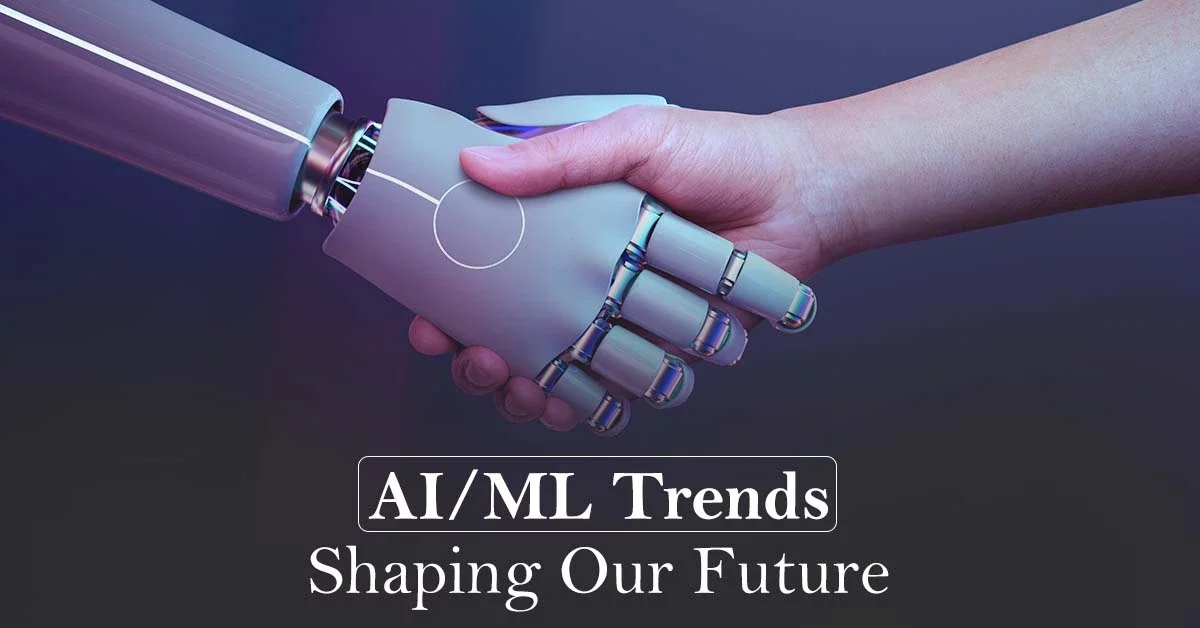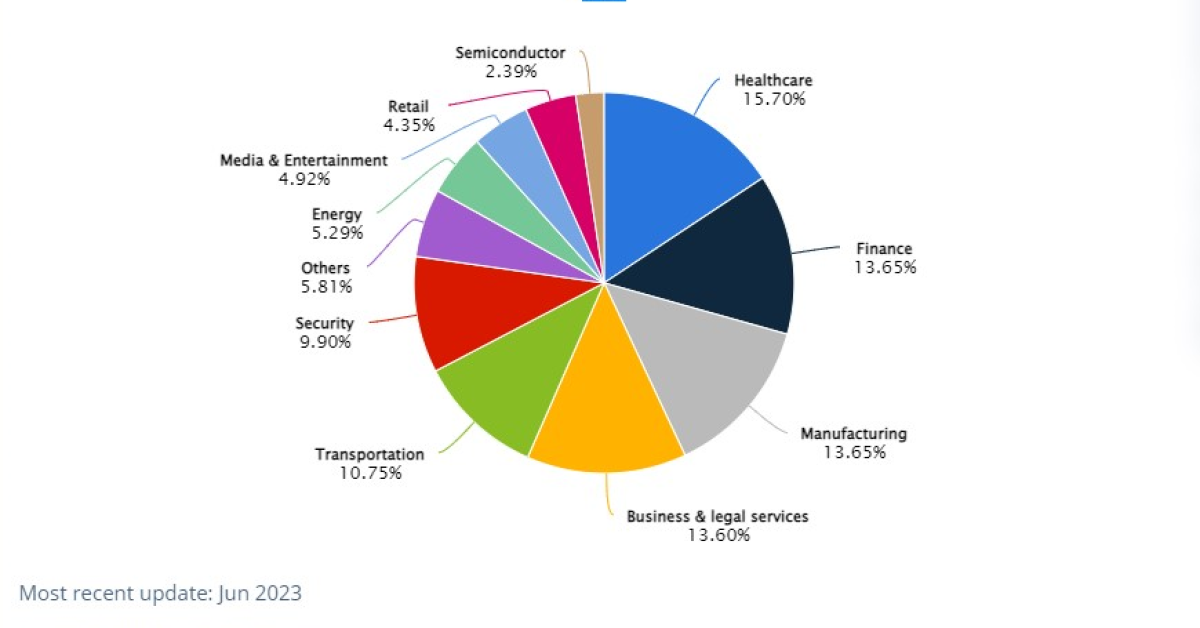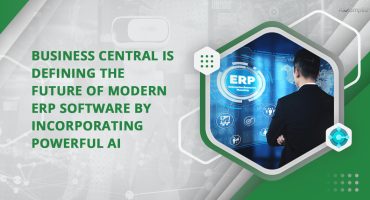In today's fast-evolving technological landscape, Artificial Intelligence (AI) and Machine Learning (ML) have emerged as driving forces that reshape how we interact with the world. From virtual assistants anticipating our needs to fraud detection systems safeguarding our finances, AI/ML trends have seamlessly integrated into our daily lives.
Statista says the value of the AI market is projected to reach US$242bn in 2023. With an annual growth rate (CAGR 2023-2030) of 17.30% and making the market volume of US$739bn by 2030.
Be it AI’s effect on your routine tasks, employment, productivity, healthcare, or investments, the world of big data, robotics, virtual assistants, and voice recognition is here to stay with the potential to shape our futures.
Generative AI applications such as Copilot, ChatGPT, and many others have captured the topic of daily conversations recently. Due to their broad utility and ease of usage, anyone can utilize them to create content, image codes, and much more.
In this blog, we'll dive into the most prominent AI/ML trends that are not only transforming industries but also promising a future where innovation knows no bounds. But first let us have a look at some figures about the global AI market.






